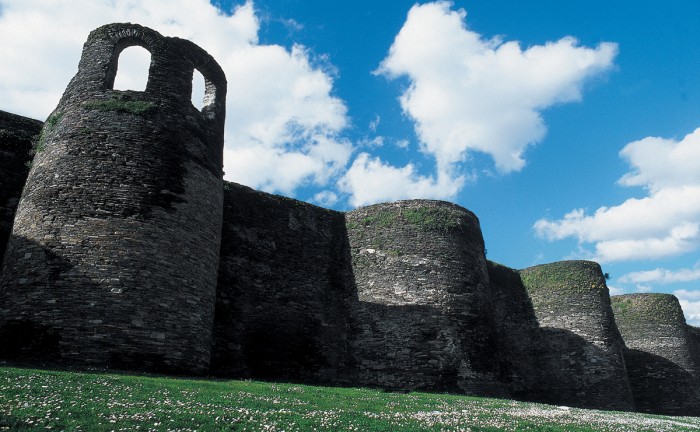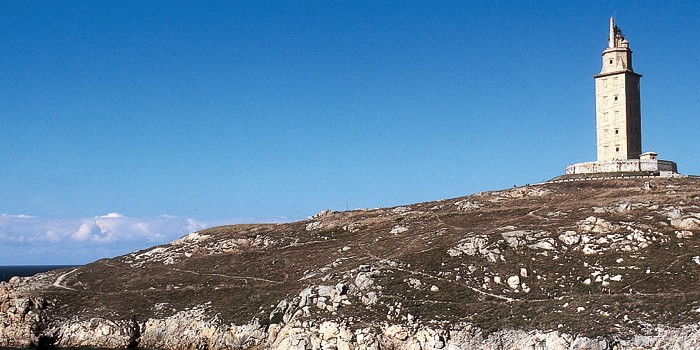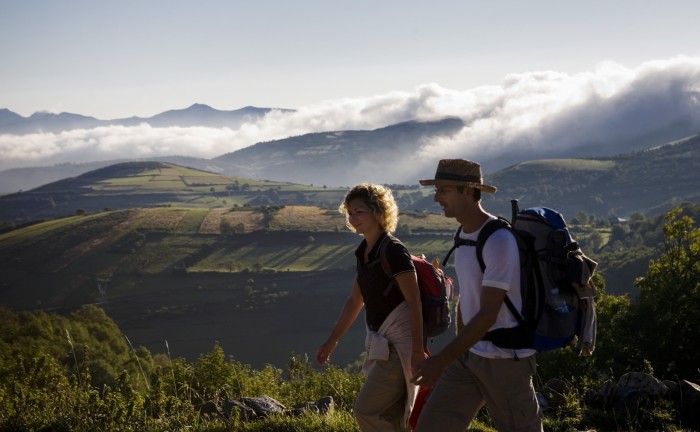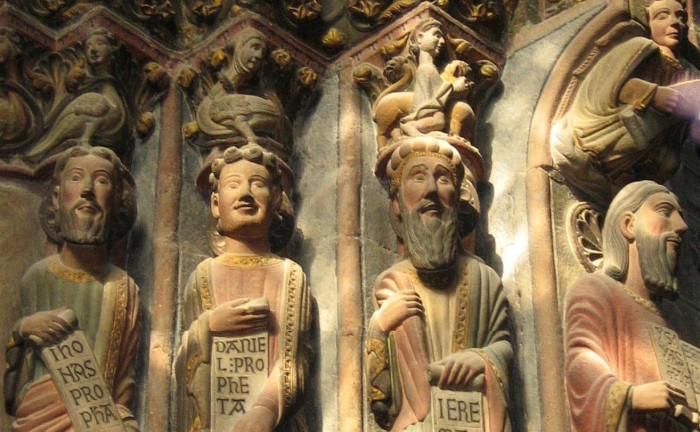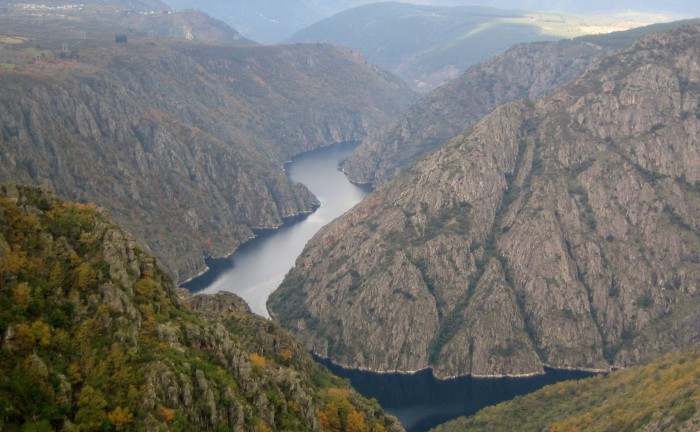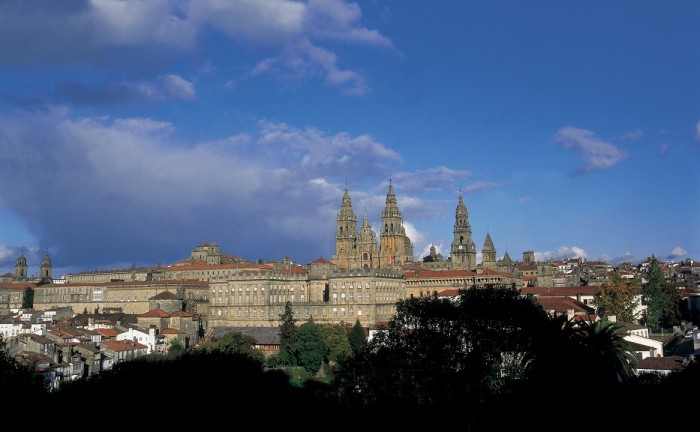Walking & panoramic tour: Roman Wall (declared World Heritage by UNESCO) with 2000 metres perimeter. The Romanic Cathedral, Santa María Square (Bishop´s Palace), Campo Square (the old roman “foro”). Santo Domingo Church & San Francisco Monastery (Provincial Museum: Celtic gold work, local pottery, roman mosaic…). Council Palace.
see more
A Coruña is one of Galicia´s largest cities that has grown up around a natural harbour along the Maritime Avenue from where the emblematic glass fronted buildings that give the town its nickname of “Crystal city” can be admired. This tour will give you the perfect opportunity to discover some of the best famous local landmarks in A Coruña, taking a sightseeing tour which includes passing by San Anton Castle originally built in the 16th century, the Hercules Tower, the only working Roman lighthouse in the world (s. II A.C.) & UNESCO World Heritage Site , the Domus or House of Mandkind (work of the...
see more
The Pilgrims Way to Santiago was declared World Heritage by the UNESCO in 1993. Countless people have gone to Compostela in pilgrimage, since St. James tomb was discovered in the 9th century by Teodomiro (the Iria Flavia´s Bishop). O Cebreiro (pilgrims hospital, Santa María Church, “Pallozas”: traditional houses constructed os stone and straw). Triacastela (Santiago´s Church). San Julián de Samos (Benedictine Monastery). Portomarín (the church fortess of Saint John). Palas de Rei, Melide, Arzúa and Santiago de Compostela.
see more
OURENSE Walking tour: Council Gardens, As Burgas (Thermal Springs at 70 degrees Centigrade). The Romanic Cathedral was building in the XII th. Century. (Porch of the Paradise, Holy Christ Chapel…). Episcopal Palace (Archaeological Museum). Santa Eufemia Baroque Church. Council Square (the “Espolón”). San Francisco Monastery & Stª. María Madre Church. Panoramic drive: a long the riverside, Roman Bridge, Millenium Bridge, “Ninphas” Promenade… MONFORTE DE LEMOS: College of the Piarist Fathers (small collection of paintings: El Greco, Andrea del Sarto, etc) , The Medieval Fortress-The Homage Tower, The Count’s Palace (built in the 16th century, the Counts of Lemos were one of the most important noble families of Spain), The Benedictine Monastery of...
see more
More than 2.000 years ago, the Romans introduced in this region the Wine Grape Growing. During the Medieval Ages it was a continued activity carried out by the different monastic orders that settled down in the confluence of the Miño and Sil. It is for this reason that, at present, it is possible to find numerous churches and monasteries worth visiting. In this spectacular and rugged scenery, characterized by the narrowness of different rivers in deep canyons, has emerged one of the most important Wine Producing regions in Galicia, labelled with the Appellation of Origin (D.O.) “Ribeira Sacra”
see more
Santiago de Compostela is a UNESCO World Heritage Site as well as a pilgrim city and its historical center is full of dazzling monuments, most of them in a grand or monumental scale . This walking tour will lead you through an extraordinary ensemble of distinguished monuments grouped around the tomb of St James the Greater, including charming chapels, magnificent monasteries or splendid urban palaces. With its meandering medieval street plan and aging buildings there is the impression of timelessness in Santiago, each stone reflects the history of the city in perfect harmony. This magical city boasts a wealth of...
see more
The Pilgrims Way to Santiago was declared World Heritage by the UNESCO in 1993. Countless people have gone to Compostela in pilgrimage, since St. James tomb was discovered in the 9th century by Teodomiro (the Iria Flavia´s Bishop). San Julián de Samos (Benedictine Monastery). Portomarín (the church fortess of Saint John).
see more
